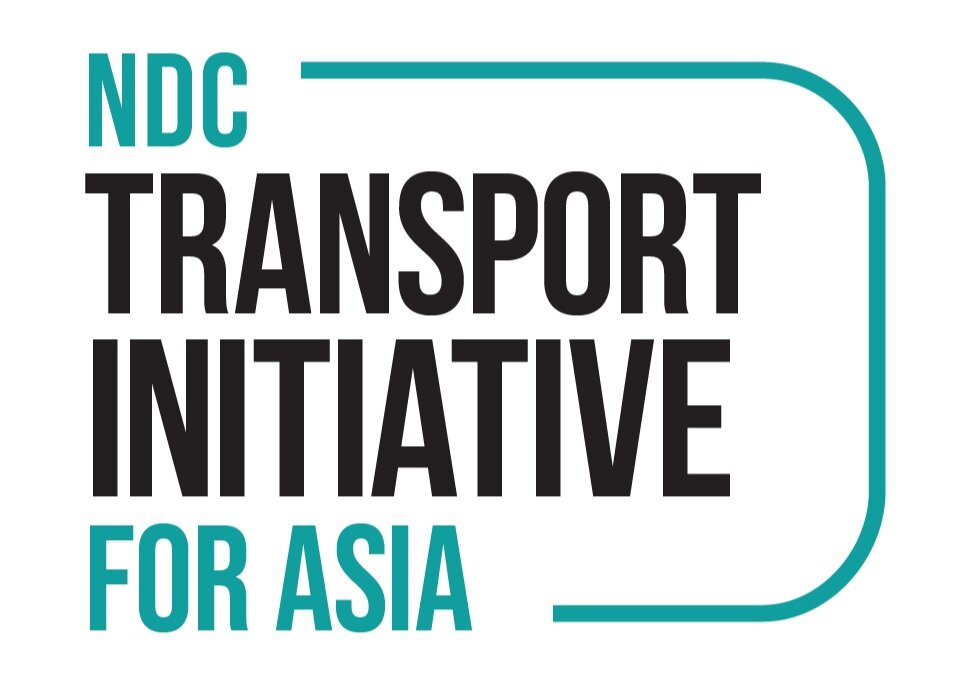The Evolution of Heavy-duty Vehicles in China: A Retrospective Evaluation of CO2 and Pollutant Emissions from 2012 to 2021
By Shiyue Mao 毛世越 and Felipe Rodríguez
Focused on six vehicle segments, this analysis explores the development of heavy-duty vehicles (HDVs) from the perspective of key attributes (curb weight, engine power, and others), fuel consumption/CO2 emissions for various HDV segments, and NOx emissions from tailpipes. Based on the findings, key policy recommendations include:
Utility vehicles, which were about 10% of China's HDV market in 2021, should be fully included in the next stage of fuel consumption standards to cover a fuller set of energy consumers.
A switch from the current fuel consumption standards to regulation of greenhouse gas (GHG) emissions will cover more GHGs such as N2O, CH4, and others, and provide the public with accurate information regarding GHG emissions from HDVs. In addition, this would provide the HDV industry with a long-term vision and allow it to balance control of pollutants and GHG emissions under various technology combinations.
Read more at theicct.org.
本研究评估了 2012-2021 年间重型车节能减排相关政策的有效性,旨在为未来中国制定更进一步的车辆二氧化碳排放法规提供参考。从关键属性(整备质量、发动机功率等参数)、不同类别重型车的燃料消耗(折算为对应的二氧化碳排放)以及尾气中的氮氧化物排放等角度出发,本研究探讨了重型车辆在过去十年间的发展历程(图1)。本研究涉及车型主要包括城市客车、城际客车、自卸汽车、中型载货汽车、重型载货汽车和半挂牵引车。
前往国际清洁交通委员会 (The ICCT) 官网阅读全文。

